Huge increase in transnational crime and synthetic drugs in SE Asia requires cross-border cooperation
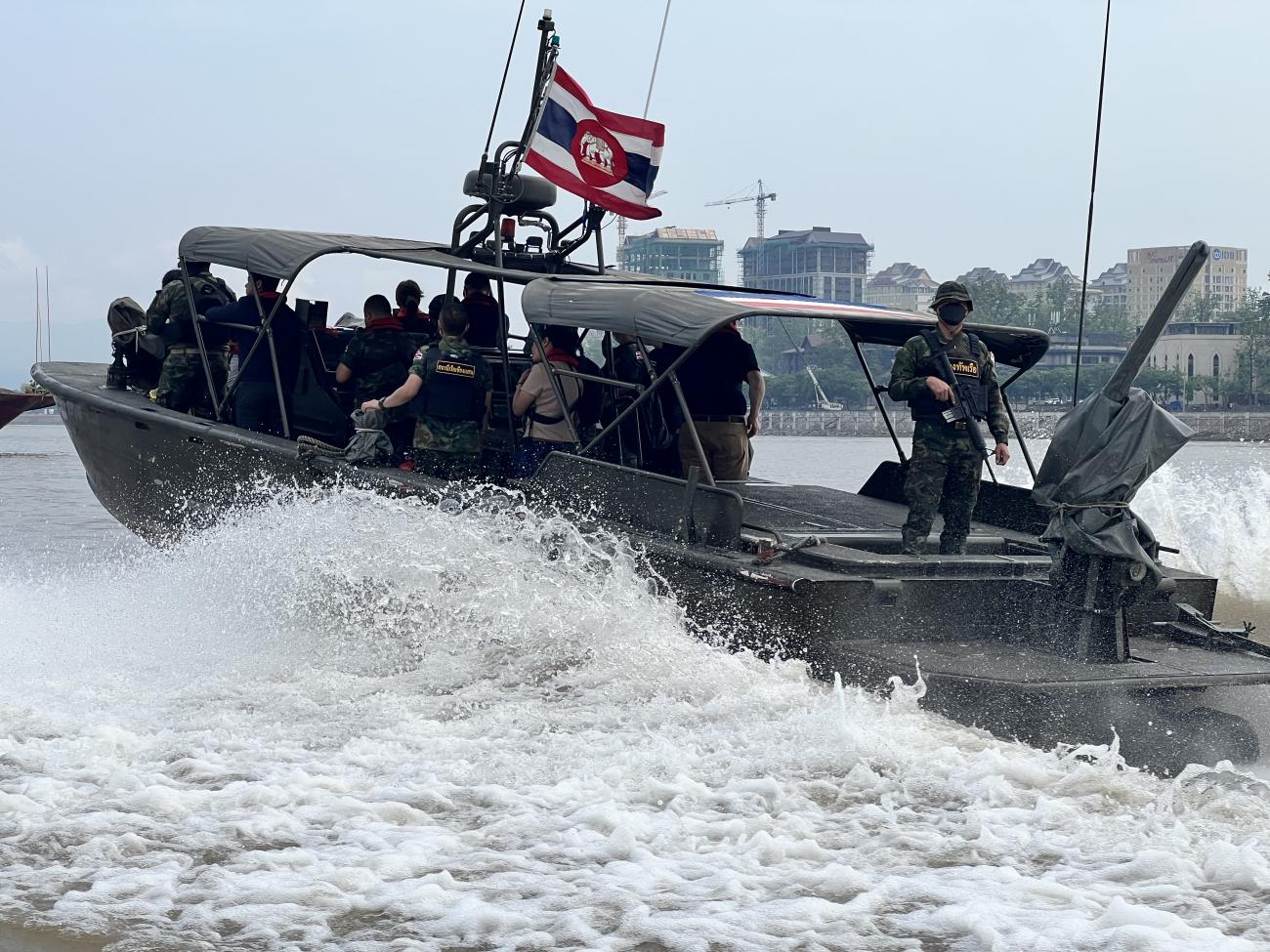
ㅤ
The trafficking in illegal narcotics, precursor chemicals, timber and wildlife, people and illicit goods across Southeast Asia is being tackled thanks to the support of the specialized UN agency focusing on drugs and crime.
A Thai Navy launch travels at high speed down the muddy brown waters of the Mekong River close to the border town of Chiang Saen in the north of Thailand. To the right is Laos, where huge construction projects funded by foreign investment are rising out of the lush undergrowth along the riverbank and ahead to the left are the dense jungles of Myanmar.
This is the storied Golden Triangle where historically opium was grown to produce heroin for export but where, in recent years, the trade of even deadlier and more profitable synthetic drugs has taken over.
Thailand, Laos and Myanmar are at the frontlines of illicit trade in Asia dominated by transnational organized crime syndicates.
River seizure
The crew on the Thai boat is buoyant following the recent seizure of 6.4 million pills of the banned and highly addictive synthetic drug methamphetamine, known locally as yaba.
“I was astonished but also really pleased that we seized this amount of yaba,” Captain Phakorn Maniam Head of Operations and Intelligence Section of the, Mekong Riverine Unit, Royal Thai Navy told UN News. “Normally, this amount of drugs is seized on land; it’s a difficult operation apprehending offenders in the middle of the river,” he said, “and so I’m especially proud of our crew, who are so dedicated to protecting our country and our people.”
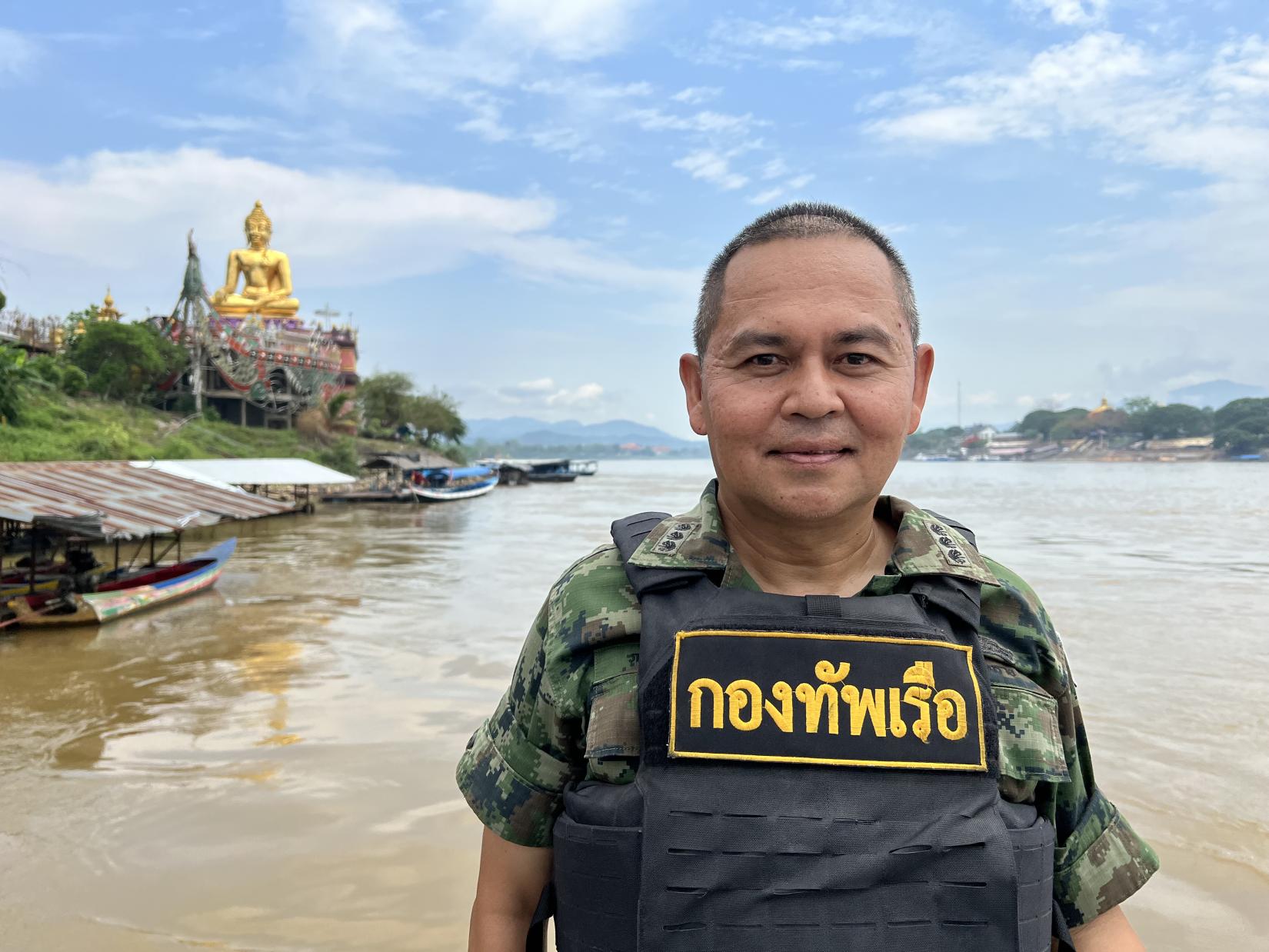
A few miles downstream at the small town of Houay Xai on the Laos side of the Mekong, border authorities are celebrating their own significant seizure of drugs; the previous night following a tip-off, a military land patrol caught drug mules carrying 500 kilograms of crystal meth. The previous month 7.1 million methamphetamine pills had also been seized in the same area.
The drugs tracked down in Laos and Thailand had originated in illegal industrial-scale laboratories operated by militias and criminal gangs in the remote mountainous jungles of northern Shan State in Myanmar and were being transited through both countries to the Thai capital, Bangkok, but also across Southeast Asia and to distant lucrative markets including Japan, South Korea, New Zealand and Australia.
It’s difficult to calculate with any certainty what quantity of synthetic drugs is being manufactured in Myanmar, but some estimates suggest many hundreds of tons are being trafficked out of the country.
Despite the seemingly relentless flow of drugs, the Thai and Lao authorities are experiencing some success thanks, in part, to the support of the UN Office on Drugs and Crime (UNODC) which is promoting a regional intelligence gathering network .
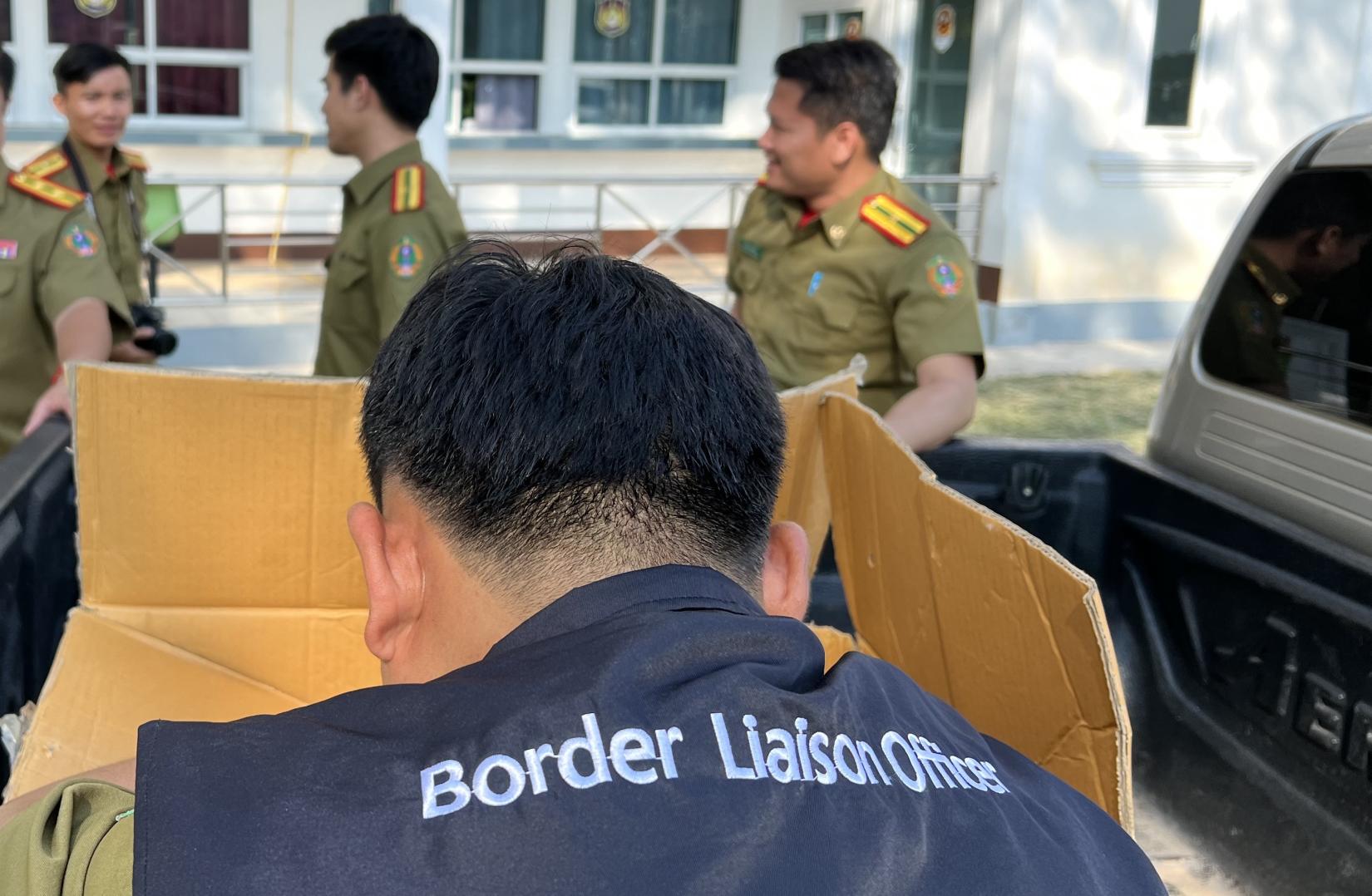
Officer C, who is based in Houay Xai with Lao authorities and who did not want to be named for security reasons, said that cooperating with law enforcement agencies across the border in Thailand through regular calls, face-to-face meetings and other communications has improved the response to illegal trafficking. “With this cross-border collaboration and sharing of information, we have been able to counter narcotics trafficking and also other types of transnational organized crime.”
The crime-fighting authorities in Thailand and Laos are collaborating more closely as a result of UNODC’s Regional Border Management Programme under which a network of border liaisons offices or BLOs were set up to strengthen cross-border cooperation and information sharing.
The network of over 120 BLOs stretches across Southeast Asia from Myanmar in the west to China in the east and Indonesia to the south and also includes Thailand, Cambodia and Viet Nam.
The BLOs are being strengthened with the support of UNODC to counter what the drugs and crime fighting agency’s Regional Representative for Southeast Asia and the Pacific, Jeremy Douglas, calls “one of the biggest drug trafficking corridors in the world.”
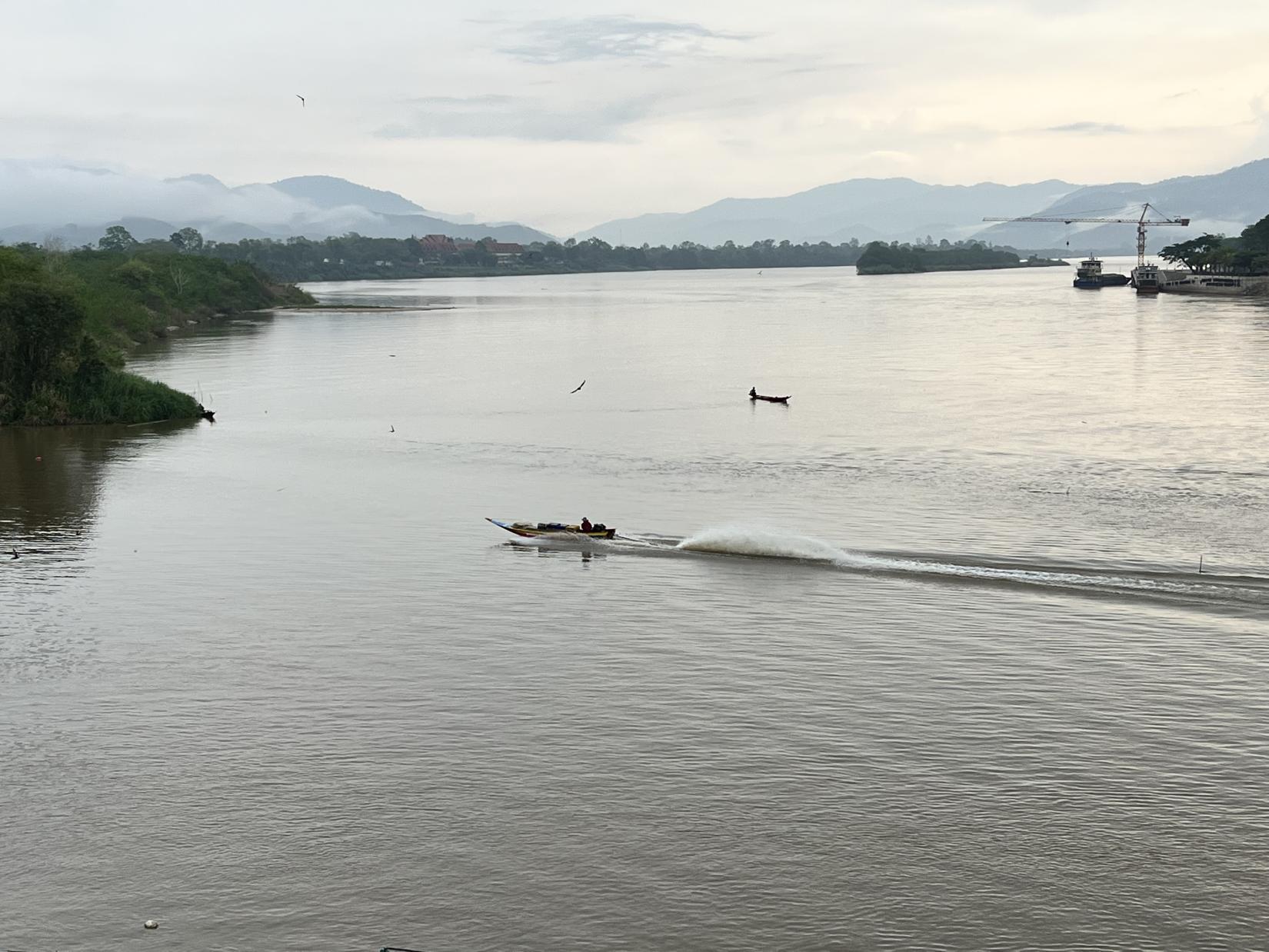
The challenges in disrupting this transnational trade are immense according to Mr. Douglas: “There are complex governance issues at play in the Golden Triangle and inside Myanmar, with fragmented armed groups and militias involved in the drug trade and other illicit businesses that control territory,” he said. “At the same time, these groups are operating in very remote places, and in some cases along very porous, open borders. It is easy to traffic drugs and illicit goods in and out of Myanmar, and the situation is very difficult for its neighbours to address.”
The increase in the production of synthetic drugs in recent has been “unprecedented” according to the UNODC Regional Representative who believes that collaboration between countries is “fundamental” to preventing trafficking: “This is a shared responsibility; addressing transnational criminality requires states to collaborate to react quickly to what's happening, especially along border areas.”
It is not just drugs which are being trafficked across the region. Chemical precursors to manufacture synthetic drugs are being illegally transported into Myanmar in quantities far larger than the drugs that are trafficked out. Trafficking in people, wildlife, timber and weapons is also taking place.
In such a complex and problematic environment, new skills are needed to deal with fresh challenges. As part of its BLO support, UNODC has developed training partnerships with agencies across Southeast Asia.
On Highway 1, some 40 kilometres south of the Thai-Myanmar border Police lieutenant Colonel Amonrat Wathanakhosit is taking her students through a practical exercise focused on searching vehicles for contraband.
“Our students are using UNODC knowledge products and training and learning how to question drivers, and they are getting use to how they are behaving. Our students are becoming more confident about identifying which drivers may be hiding synthetic drugs.”
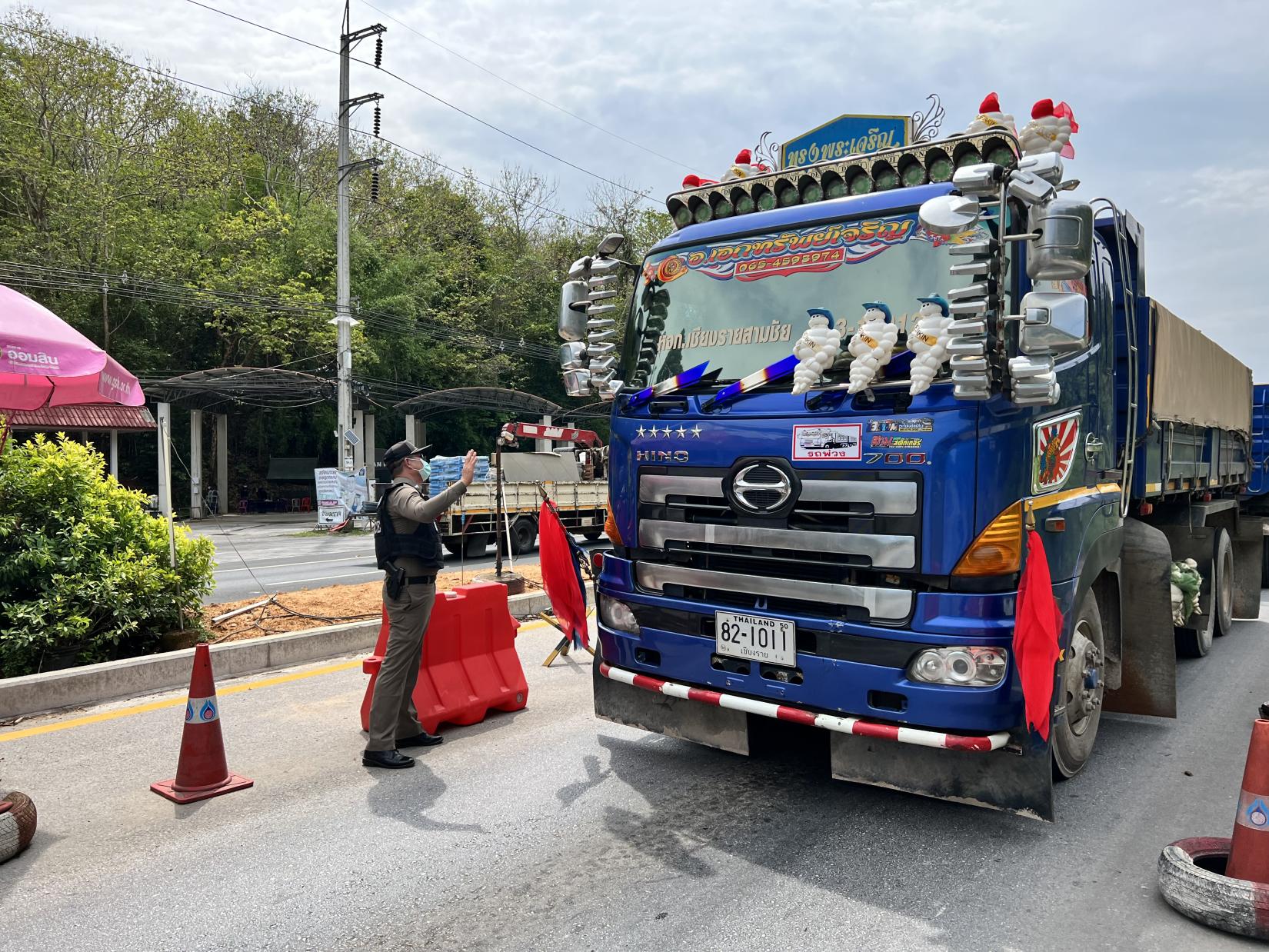
Unlike heroin, the production of which is restrained by the natural growing cycle of the opium poppy, methamphetamine can be manufactured almost at will as long as precursor and other chemicals are available.
The collaboration of governments with the support of UNODC is helping to stem the flow of drugs, even if it is widely accepted that seizures represent only a small percentage of the drugs which are trafficked across the region.
Officers like Lt Col Amonrat Wathanakhosit recognize the challenges but she no doubt speaks for many across the region saying that “my job trying to stop drugs is crucial to the security of my country.”
FACT BOX
- Some 120 BLOs have been established across Southeast Asia.
- BLOs are established in pairs—on either side of an international border crossing.
- BLOs address many different cross-border issues including: drug and precursor chemical trafficking, smuggling of migrants and the trafficking in persons, wildlife and forestry crime, and in some locations the movement of terrorist fighters, as well as public health and pandemic- related issues.
- The BLO network also works to enhance relationships between the law enforcement and border communities, community policing efforts and to support the role and leadership of women in law enforcement agencies.



